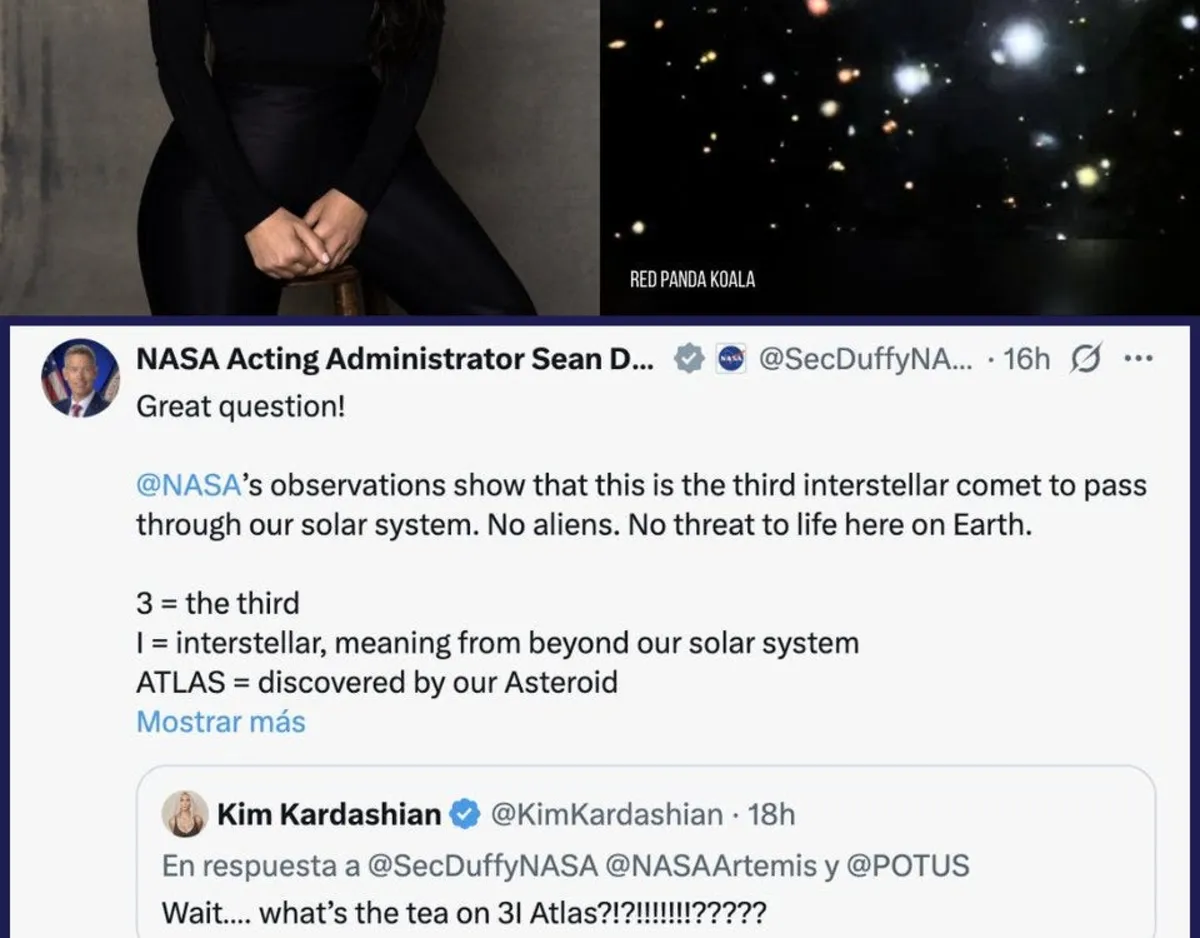
Throughout its remarkable 4.54-billion-year history, Earth has experienced five major mass extinction events. These catastrophic events occurred approximately 445, 365, 252, 201, and 66 million years ago. The most recent extinction event resulted in the demise of non-avian dinosaurs, which is widely believed to have been triggered by the impact of the Chicxulub asteroid. Interestingly, some scientists propose that certain extinction events may have astrophysical origins—ranging from exploding stars to our planet's passage through the spiral arms of the Milky Way galaxy.
A less commonly discussed possibility is that life on Earth could have been influenced by an interstellar gardener. This concept suggests that if life was indeed seeded on our planet by an external force, this 'gardener' might intervene to reset terrestrial life whenever it veers off course. This intriguing notion raises questions about our understanding of cosmic influences on life on Earth.
Dr. Robert Cykiert recently posed a thought-provoking question: “Was the Chicxulub impactor a predecessor of 3I/ATLAS?” While both objects share similar masses, it's important to note that 3I/ATLAS is currently not on a collision course with Earth. However, should its trajectory change, this question could become highly relevant.
The curiosity surrounding 3I/ATLAS has even captured the attention of celebrities, such as Kim Kardashian, who reached out to NASA’s acting administrator, Sean Duffy, asking, “Wait … what’s the tea on 3I/ATLAS?!?!!!!!!!?????” Duffy responded promptly, clarifying that NASA’s observations confirm 3I/ATLAS is the third interstellar comet to traverse our solar system, assuring that there is no threat to life on Earth.
On the same day, Congresswoman Anna Paulina Luna submitted an official letter to Duffy, requesting high-resolution images of 3I/ATLAS captured by NASA’s HiRISE camera onboard the Mars Reconnaissance Orbiter on October 2-3, 2025. Parallel to this, I reached out to the Principal Investigator of the HiRISE team, Professor Alfred McEwen at the University of Arizona, but unfortunately, I have yet to receive a response.
The dissemination of scientific information should not be hindered by government shutdowns or political agendas. This critical data, which boasts a spatial resolution of 30 kilometers per pixel, is time-sensitive and essential for guiding future observations of 3I/ATLAS as it exits our solar system. We must approach the topic of 3I/ATLAS with humility and curiosity, rather than preconceived notions about its nature.
During a TV interview with Natasha Zouves on NewsNation, I expressed my eagerness to update Kim Kardashian on the various anomalies associated with 3I/ATLAS. Here are some of the key findings:
The retrograde trajectory of 3I/ATLAS aligns within 5 degrees of the ecliptic plane of the solar system's planets, with a likelihood of 0.2%. In July and August 2025, the comet displayed a sunward jet (anti-tail) that is not merely an optical illusion, unlike typical comets. Its nucleus is approximately a million times more massive than 1I/`Oumuamua and a thousand times that of 2I/Borisov, moving at a speed greater than both, with a likelihood of less than 0.1%. 3I/ATLAS's arrival was meticulously timed to bring it within tens of millions of kilometers from Mars, Venus, and Jupiter while remaining unobservable from Earth at perihelion, boasting a likelihood of just 0.005%. Its gas plume contains significantly higher nickel levels compared to iron, featuring a nickel-to-cyanide ratio far exceeding that of known comets. Interestingly, only 4% of its gas plume is composed of water—typically a primary constituent in familiar comets. The comet exhibits extreme negative polarization, an unprecedented characteristic among all known comets. 3I/ATLAS approached from a direction that aligns closely with the radio “Wow! Signal,” with a likelihood of 0.6%. Near perihelion, it brightened faster than any known comet and appeared bluer than the Sun. Unusually, it shows evidence of non-gravitational acceleration, suggesting substantial mass loss, yet post-perihelion images do not currently corroborate this.In light of anomaly five, Elon Musk recently suggested in a podcast with Joe Rogan that natural asteroids might be rich in nickel. However, it's crucial to note that those asteroids typically also contain significant iron. The unique high nickel-to-iron ratio found in 3I/ATLAS distinguishes it from asteroids. Most of the gas detected around the comet was identified as carbon dioxide, with nickel comprising a small fraction of its mass loss.
As 3I/ATLAS approaches Earth on December 19, 2025, the existence of a massive debris cloud could reveal its true nature. Conversely, if no such cloud is present, it may indicate that the non-gravitational acceleration of 3I/ATLAS could be attributed to an artificial propulsion system. In the world of science, data reigns supreme, and access to scientific findings should flow freely, unimpeded by the politics of the day.